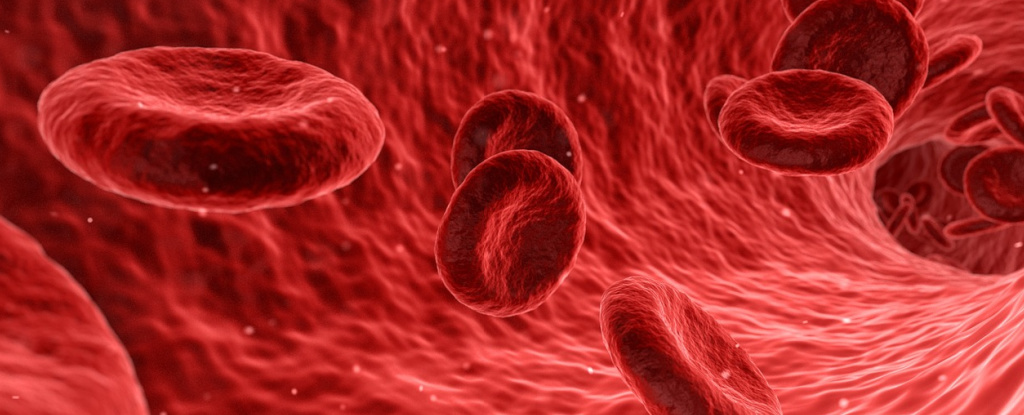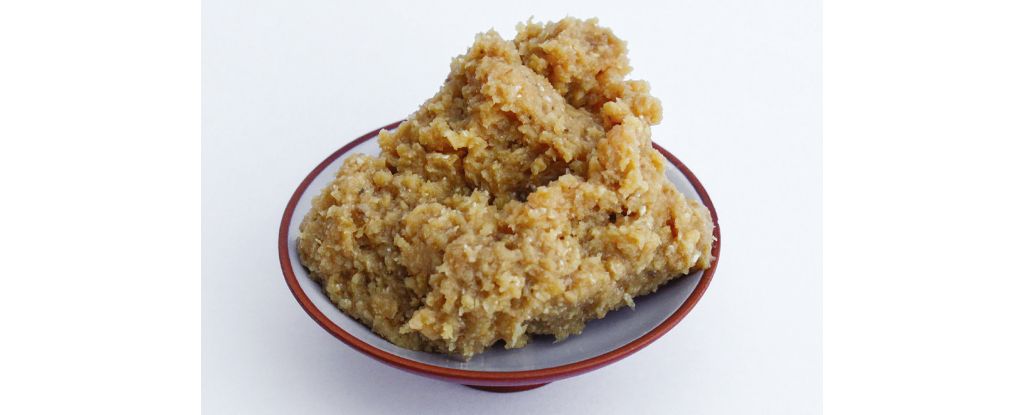A study testing how long a teaspoon-sized transfusion of lab-grown red blood cells lasts in the body could revolutionize clinical care for people with blood disorders who need regular blood boosts.
The world’s first study, being carried out in the UK, is looking at whether red blood cells made in the laboratory last longer than blood cells made in the body.
Although the experiment is small, it represents a “great springboard for the production of blood stem cells,” says University of Bristol cell biologist Ashley Toye, one of the researchers working on the study.
To create the transfusions, the research team isolated stem cells from donated blood and coaxed them to produce more red blood cells, a process that takes about three weeks.
In the past, researchers have shown that they can transfer lab-grown blood cells back into the same donor they came from. This time, they infused the manufactured cells into another compatible individual — a process known as allogeneic transfusion.
So far, only two people have received the lab-made red blood cells under close supervision and “without any unwanted side effects.” were reported by the clinical team, according to a statement released last month.
At least eight other participants will receive two transfusions of 5 to 10 milliliters of blood at least four months apart. A transfusion contains red blood cells provided by a donor; the other will have lab-grown red blood cells derived from stem cells from the same donor.
After being transfused into the bodies of healthy volunteers, the manufactured cells – which are tagged with a tracer dye – are tracked as they zoom through the body’s circulatory system until they wear out. devouredand recycled.
The blood cells grown in the lab are all freshly made from donated stem cells, while a typical blood donation contains a swirling mix of new and month-old blood cells, so researchers hope the cells made will last and last longer. Previous Animal Experiments suggest.
That average lifespan of a human red blood cell is about 120 days. If the cells grown in the lab can outlast donated blood cells, it could mean patients who need blood on a regular basis might not need transfusions as often in the future.
“If our world-first study is successful, it means that patients who currently require regular long-term blood transfusions will need fewer transfusions in the future.” says Cedric Ghevaert, a hematologist at the University of Cambridge and the study’s lead investigator.
The cells grown in the lab could not only reduce the frequency of blood transfusions for those in need, but also help prevent complications associated with repeated infusions.
For example, patients with blood disorders such as Sickle cell anemia often require regular blood transfusions and rely on the goodwill of the blood donor and the luck of finding the right partner. A person with sickle cell anemia receives blood transfusions to replace the misshapen red blood cells that their body makes to increase its oxygen levels.
Meanwhile, multiple transfusions can cause iron to build up in the body, a complication known as iron overload. With long-lasting erythrocytes, the risk of iron accumulation could be reduced.
Fewer transfusions could also reduce patients’ risk of being transfused again life-threatening immune reactions to specific donor blood groups. Too many transfusions of one blood type and the body could start producing antibody against it.
One of the remaining questions is whether the process can be scaled up to produce larger volumes of blood needed in clinical care.
“Right now we only infuse our volunteers one to two teaspoons, and normally for one transfusion you would transfuse 100 times that amount.” explained Study researcher Rebecca Cardigan, clinical scientist at the University of Cambridge.
More research is also needed to understand at what point blood-derived stem cells tire of producing red blood cells and need to be replenished with more donations.
“Obviously, going from here to a routine product for patients requires a lot of work that will take many years,” says Cardigan says in the video below where you can see how the cells are made.
frameborder=”0″ allow=”accelerometer; autoplay; write clipboard; encrypted media; gyroscope; picture-in-picture” allow fullscreen>
While they won’t replace the need for blood donors, if the lab-grown cells prove safe and long-lasting, they could transform care for people with complex transfusion needs.
Making blood for those of us with extremely rare blood types might also be a possibility.
“The need for normal blood donations to provide the bulk of the blood will remain,” says Farrukh Shah, Medical Director for Transfusions at the UK National Health Service’s Blood and Transplant Unit.
“But the potential of this work to benefit difficult-to-transfuse patients is very significant.”





